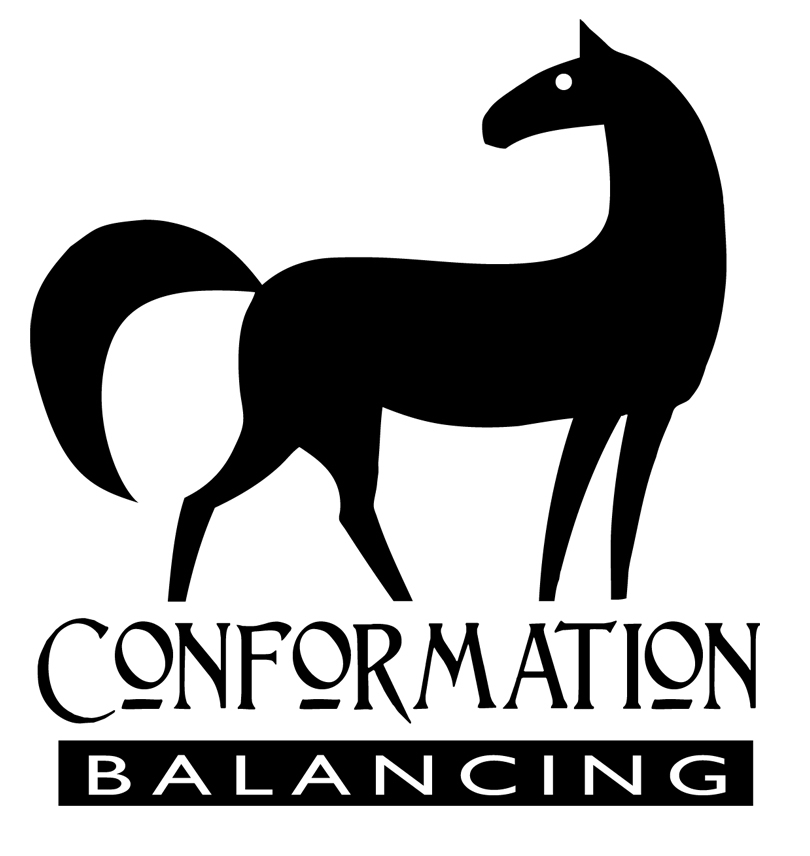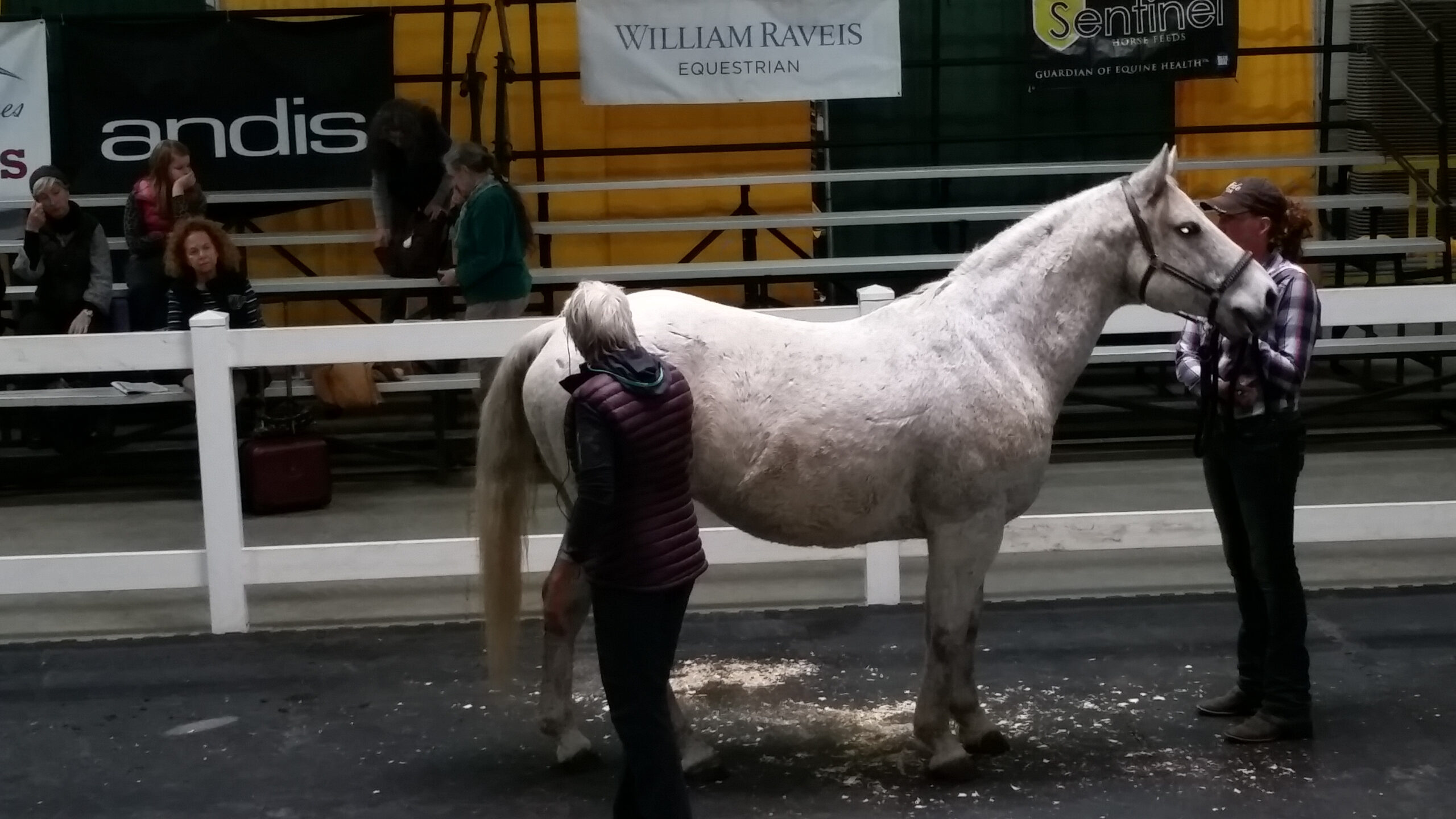
I am very excited and impressed! Your work has led me to the best program for my new horse. All equestrian professionals have a hard job to balance the shared experiences of horses and riders. The quiet time and extra care make life the happiest. Thank you Margret for the discovery you have performed as I know it will truly help my OTTB . Karen N
“I attended Margret Henkel’s SOFT RIDERS/SOFT HORSES clinic near Brattleboro VT. I had already read her book, “Is Your Horse 100%?” and watched her companion DVD. But there is nothing like in-person, hands-on experience. Margret demonstrated a technique – we then performed it on our horse. We were able to practice all the basics on multiple horses thus having a range of experiences. The instruction was very good with exercises and images. A good time for all.” Elizabeth V, NY
“I purchased your book and am starting to use it on my gelding. My gelding gave me such a look of amazement after I did some releases on him. The book is so wonderful. This work is fascinating. I tried it on myself first and felt the power which gave me confidence to try it on my horse. Thanks for the great book and sharing your knowledge.” Elizabet H
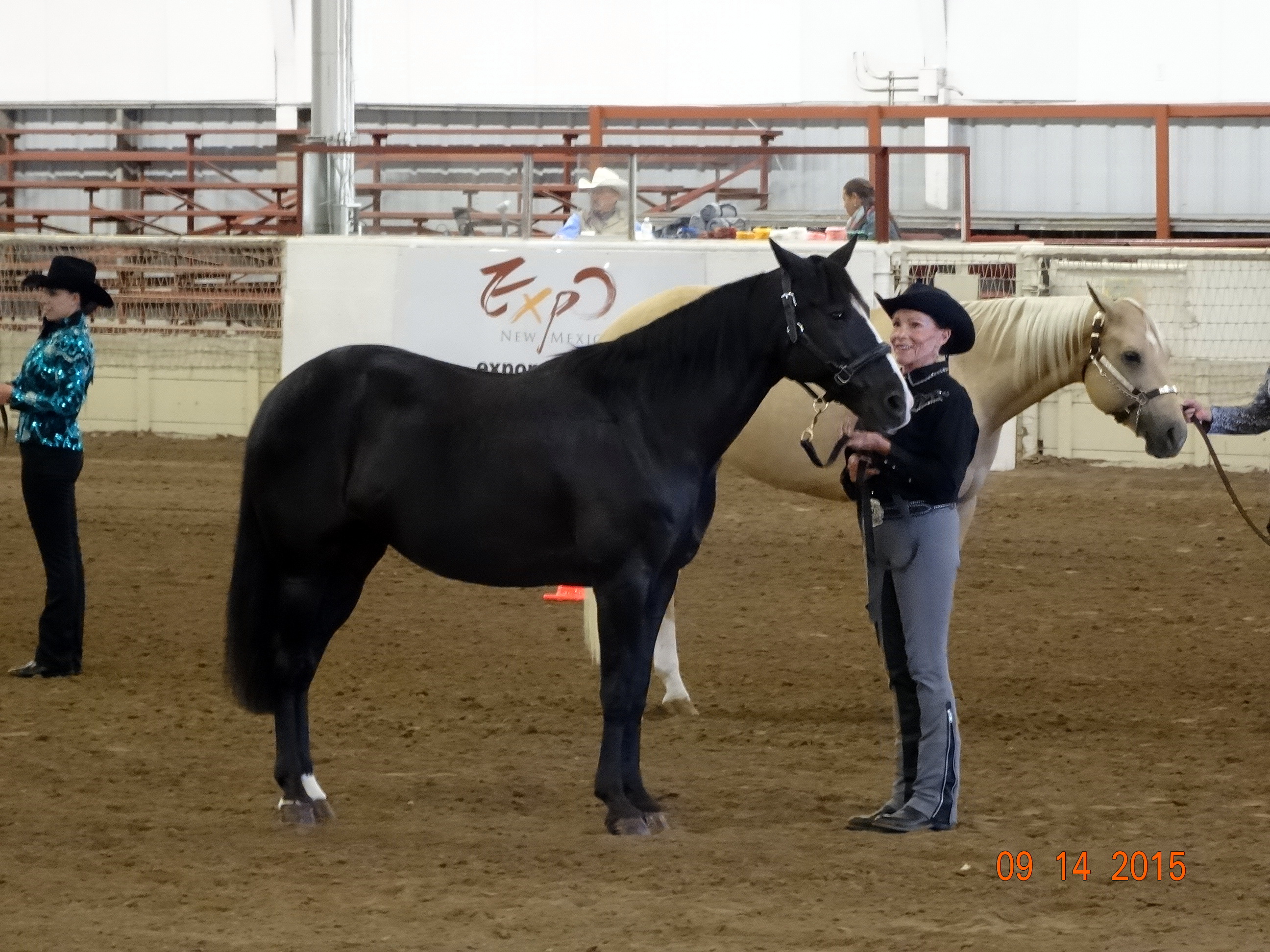
I am VERY happy with Aspen’s results in your sessions. The book is TERRIFIC! I love the pictures, the illustrations, the way you describe things in layman’s terms, and how I can relate to what I saw you do first-hand. I am so excited for you, me and Aspen…. I really like that the book is spiral notebook style so I can take it and use it in the field as it were. Amazing job lady! You will help so many people and horses.” Nancy and the “A” Team
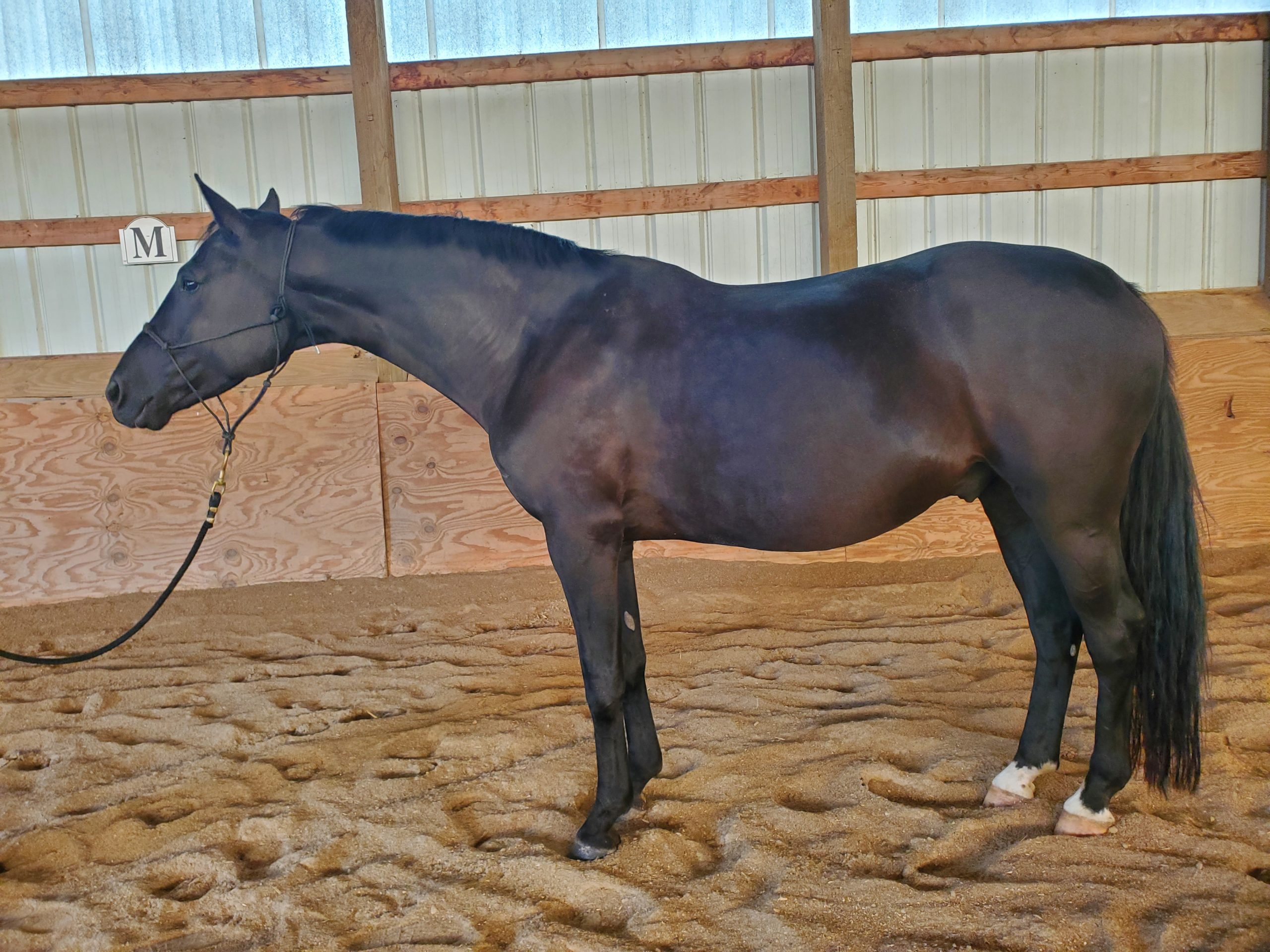
Margret Henkels’ Is Your Horse 100%? instantly stood out to me as a valuable resource to those of us who engage equines in therapeutic or educational work.
Program horses are often in the second half of their lives and/or retired from more demanding performance careers, which often have had some long-term effects on their soundness and general physical well-being. In addition, these wonderful equines now rise to the challenges of therapeutic work, which may include carrying riders who are unbalanced, or who demonstrate high levels of anxiety or even unusual human behaviors at times. All of these factors can cause program horses to be uncomfortable on the job or to burnout, and as a program director, I am always eager to find accessible resources that can enhance the well-being of our essential equine partners.
Henkels’ conformation balancing and fascia fitness methods offer an affordable, do-no-harm, flexible body work option that the layperson can learn to do safely, hopefully maintaining or enhancing our program horses’ physical and mental well-being. In addition, Henkels’ approach is inherently hopeful – she reminds us “the body is not static” but always changing, for better or worse. With her methods, we can support our horses changes in the direction of fitness and competency. Henkels reminds us that as “horse people,” we are all always communicating with our horses, and she provides simple but brave advice for deepening our intimacy with our equine partners through evolved, deliberate nonverbal communication. All around, the words and images in Henkel’s beautiful book engaged my sense of our ever-evolving and deepening connection with the equine species. I especially appreciated her practical ideas for giving back to the program equines I know, who give so much to humankind.
—Karen Brittle, Assistant Professor of Equine Studies, Centenary University, and Director of Therapeutic Riding At Centenary (TRAC); PATH Intl. Certified Advanced Therapeutic Riding Instructor and Equine Specialist in Mental Health and Learning (ESMHL)
Hands on Healing by Rebecca Didier
Horse Network (horsenetwork.com)
What if I told you that with patient, conscientious placement of your hands on specific areas of the horse’s body, you can bring about profound change in his physical and mental well-being? Want to know the secret? The internet-like web of fascia beneath the skin. Continue reading…
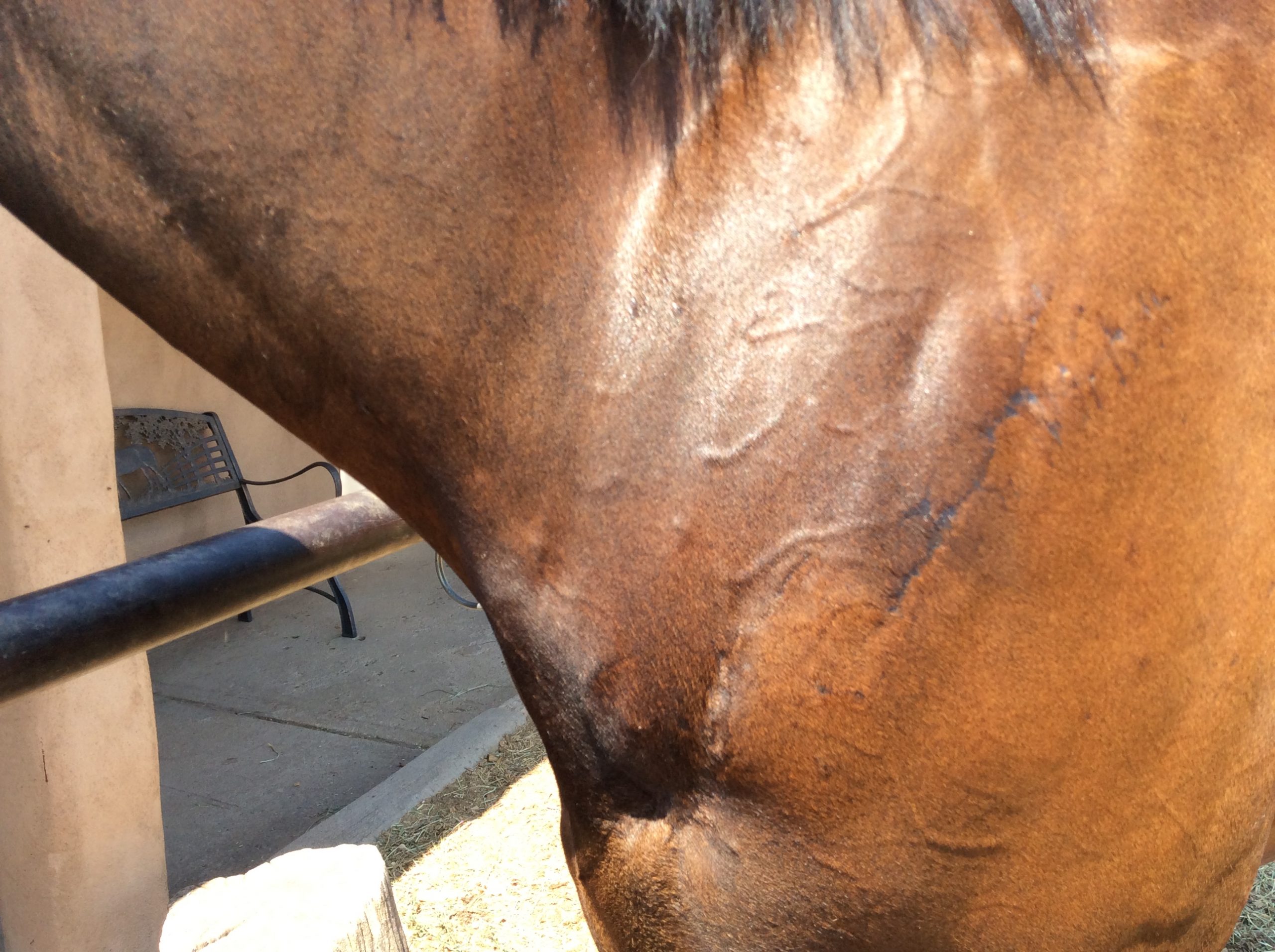
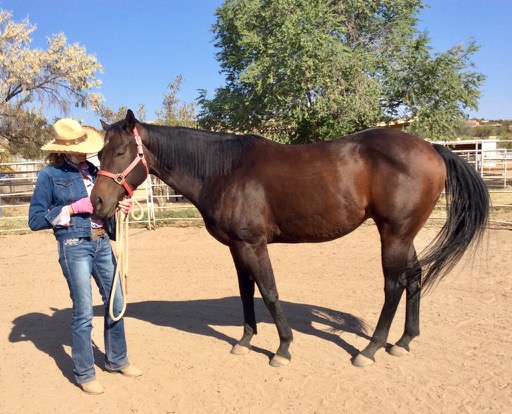
INJURIES CAN START EARLY IN LIFE FOR THE HORSE
This 4 month colt was handled roughly.The photo left shows a strung out top line and camped rear legs. His neck is shortened from the strain to the front end. Fascia Therapy produced the changes in the second photo. Young horses often lose axis/atlas/poll balance early in halter starting. Then, they compensate and often lose straightness and front to real alignment. These issues become riding problems with saddle work. It’s never too early for Fascia Therapy!
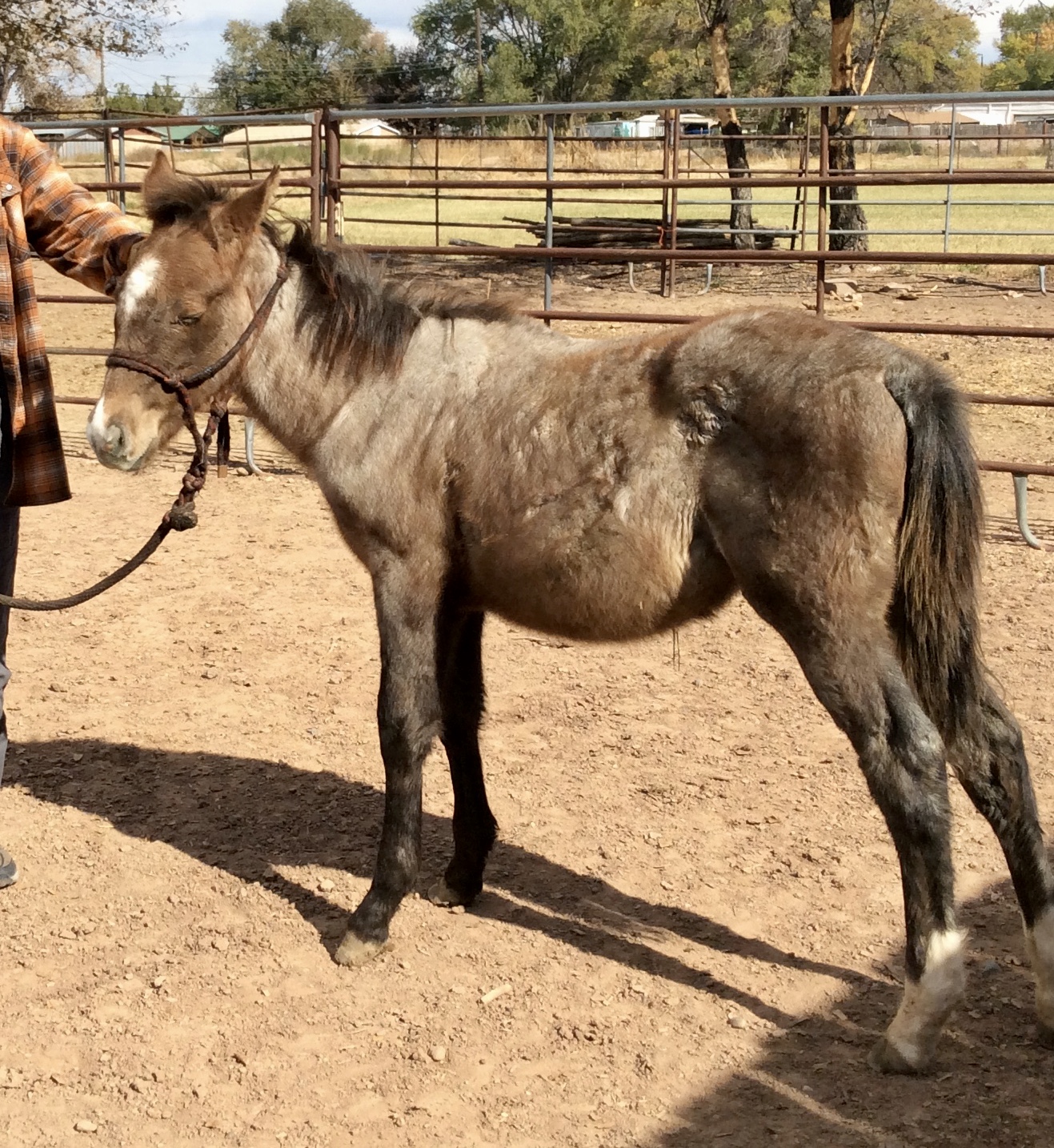

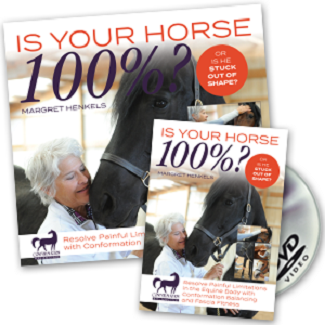
“…The work I’ve been doing from your book for just for a few weeks has produced more results than back injections & professional training has accomplished in several years, so thank you so much for sharing your experiences with us!
I’m almost 74 but the bonding, his new relaxed demeanor and movement make me want to ride him again! I’ve ordered your DVD to make sure I haven’t missed anything!
Thank you again & again…Donna, TX
Using Henkels’s tried and tested technique to resolve painful limitations in the equine body with conformation balancing and fascia fitness, your horse will be happier and more relaxed. Is Your Horse 100% is a fascinating, educational read and the design of the book makes it easy for horse lovers to follow along with Henkels’s instruction for working with your animal. Complete with color photos and detailed drawings, Is Your Horse 100% is a necessity for horse owners and trainers alike.
